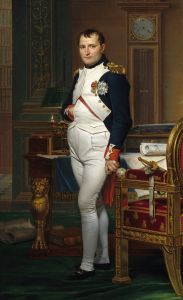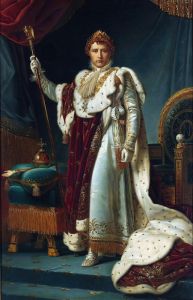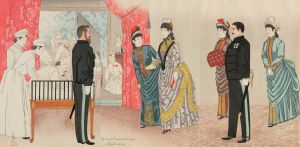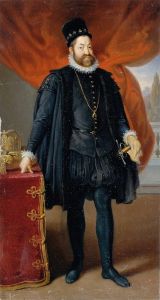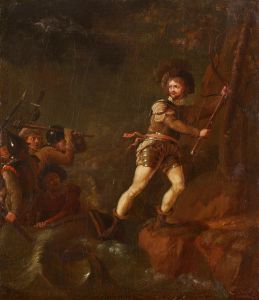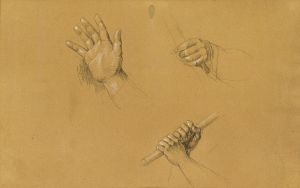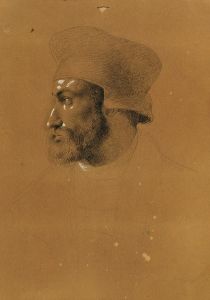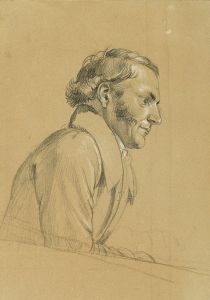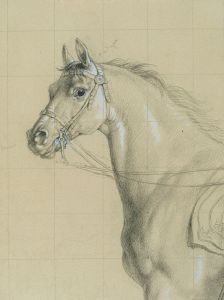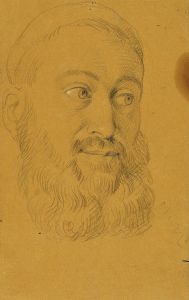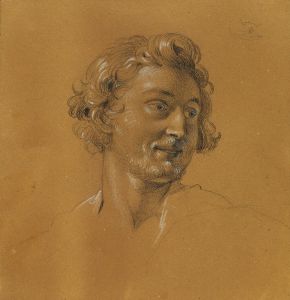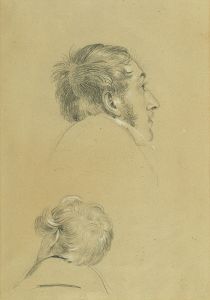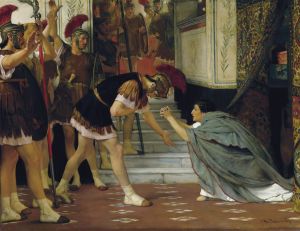
Studie zur ‘Rückkehr des Kaisers Franz aus Pressburg’
A hand-painted replica of Johann Peter Krafft’s masterpiece Studie zur ‘Rückkehr des Kaisers Franz aus Pressburg’, meticulously crafted by professional artists to capture the true essence of the original. Each piece is created with museum-quality canvas and rare mineral pigments, carefully painted by experienced artists with delicate brushstrokes and rich, layered colors to perfectly recreate the texture of the original artwork. Unlike machine-printed reproductions, this hand-painted version brings the painting to life, infused with the artist’s emotions and skill in every stroke. Whether for personal collection or home decoration, it instantly elevates the artistic atmosphere of any space.
Johann Peter Krafft's Studie zur ‘Rückkehr des Kaisers Franz aus Pressburg’ (Study for ‘The Return of Emperor Franz from Pressburg’) is a preparatory work created by the Austrian painter Johann Peter Krafft (1780–1856). Krafft was a prominent artist of the Biedermeier period, known for his historical paintings, portraits, and genre scenes that often depicted themes of patriotism and national pride. This study is associated with one of his larger historical compositions, which commemorates a significant event in Austrian history.
The painting depicts the return of Emperor Franz I of Austria (1768–1835) from Pressburg (modern-day Bratislava, Slovakia) following the signing of the Peace of Pressburg in 1805. This treaty marked the end of the War of the Third Coalition, a conflict in which Austria, along with its allies, faced defeat against Napoleon Bonaparte's French forces. The treaty had significant consequences for the Austrian Empire, including territorial losses and political concessions. Despite the somber context of the treaty, Krafft's work likely aimed to emphasize the dignity and resilience of the emperor and the Austrian state during a challenging period.
As a study, this artwork would have served as a preparatory piece for Krafft's final composition. Such studies were commonly used by artists to experiment with composition, lighting, and figure placement before committing to a larger, more detailed work. While the final version of The Return of Emperor Franz from Pressburg may no longer be extant or widely known, the study itself provides insight into Krafft's artistic process and his approach to historical subject matter.
Krafft's works, including this study, reflect the broader cultural and political climate of early 19th-century Austria. His paintings often sought to inspire a sense of unity and patriotism, aligning with the values of the Biedermeier period, which emphasized order, tradition, and stability in the aftermath of the Napoleonic Wars.
Further details about the specific dimensions, medium, or current location of Studie zur ‘Rückkehr des Kaisers Franz aus Pressburg’ are not readily available. However, Krafft's contributions to Austrian art remain significant, and his historical paintings continue to be appreciated for their technical skill and historical resonance.





